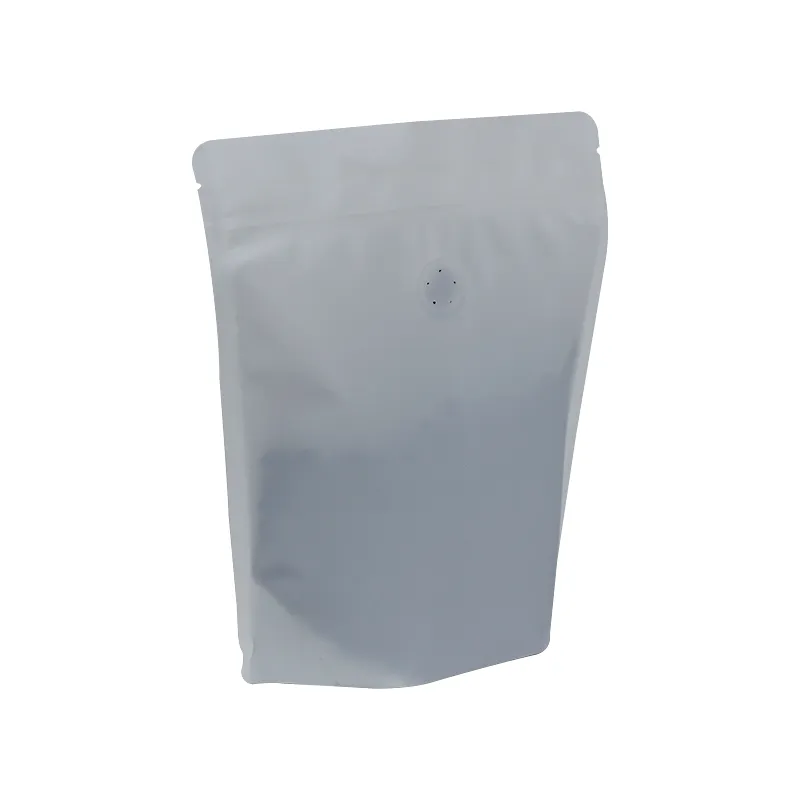Ways to Accurately Measure a Specific Part for Your Project
How to Measure a Part A Comprehensive Guide
Measuring a part accurately is a fundamental skill in various fields, whether it be engineering, manufacturing, woodworking, or even everyday tasks. Proper measurement ensures that components fit together seamlessly, perform their intended functions, and meet the necessary specifications. This guide will discuss the essential tools and techniques for measuring parts effectively, ensuring precision and reliability in your projects.
1. Understanding Measurement Units
Before diving into measurement techniques, it's vital to understand the different units of measurement commonly used. The two primary systems are the metric system (millimeters, centimeters, meters) and the imperial system (inches, feet). Familiarity with these units is crucial, as improper conversions can lead to discrepancies in measurements. Always ensure you know which system you are using and convert accordingly when necessary.
2. Essential Measurement Tools
Several tools can help you measure parts accurately. Here are some of the most commonly used instruments
- Ruler/Measuring Tape A standard tool for measuring lengths and distances. Rulers are great for smaller parts, while measuring tapes are ideal for longer measurements.
- Calipers These precision instruments are used for measuring the internal and external dimensions of objects. Digital calipers provide easy-to-read results, while dial calipers may require a bit more skill to read accurately.
- Micrometer For ultra-precise measurements, especially in mechanical engineering, micrometers can measure small distances with great accuracy, often down to a thousandth of a millimeter.
- Protractor Used for measuring angles, protractors are crucial in fields like carpentry and engineering where angles significantly affect the design and functionality of parts.
- Level Ensures that two surfaces are aligned correctly, which is essential when installing parts that must be horizontal or vertical.
3. Measuring Techniques
a. Measuring Length and Width
To measure length and width, place your part on a flat surface. Use a ruler or measuring tape to align with one edge of the part. Extend to the opposite edge, ensuring the ruler or tape is straight and parallel to the part. Record the measurement at the end of the part to obtain an accurate length and width.
how to measure a part

For depth, a caliper or depth gauge can be used. If using a caliper, insert the depth measuring rod into the hole or gap until it reaches the bottom. Read the measurement directly from the caliper. If you have a specific recess or groove, a depth gauge often provides the best results.
c. Measuring Diameter
To measure the diameter of a circular part, use calipers or a diameter tape. If using calipers, position the caliper jaws around the widest part of the circle and read the measurement. A diameter tape is designed to wrap around a circular object and measure the circumference, providing the diameter through a conversion scale.
d. Measuring Angles
Using a protractor, place the midpoint of the protractor at the vertex of the angle you wish to measure. Align one arm of the angle with the baseline of the protractor and read the angle from the scale where the other arm intersects.
4. Tips for Accurate Measurement
- Calibrate Tools Make sure your measuring tools are regularly calibrated to avoid inaccuracies.
- Consistent Pressure Apply consistent pressure on your measuring tools for more reliable results, especially when using calipers or micrometers.
- Zero the Tool Always check that your measuring tool reads zero before taking a measurement, particularly with calipers and micrometers.
- Consider Temperature Some materials expand or contract with changes in temperature, so consider the temperature of the environment when measuring, especially for precision applications.
Conclusion
Accurate measurement is vital in ensuring that parts fit together correctly and perform as intended. By understanding the tools available, utilizing proper techniques, and adhering to best practices, anyone can master the art of measurement. Whether for professional applications or personal projects, a commitment to measuring accurately will yield impressive results and maintain the integrity of your work.













